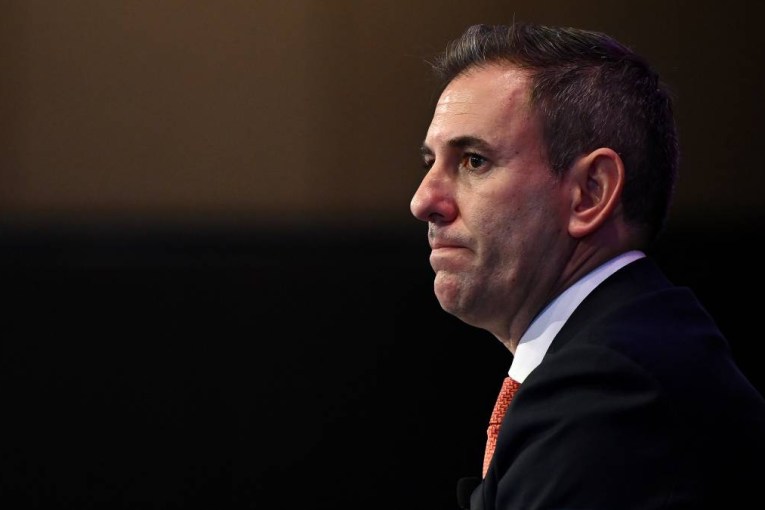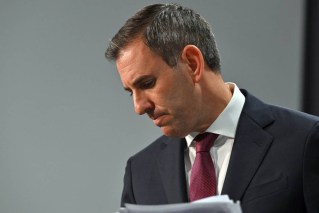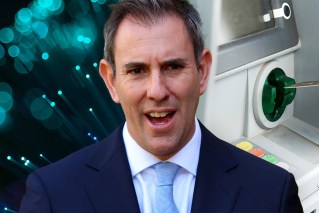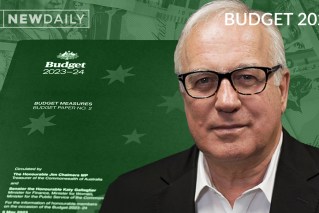Calls for universal free kindergarten from age 3 and more support for parents


The government has already announced a $1.7 billion funding boost for child care. But not everyone thinks that's enough. Photo: TND
The federal government has already played its child care card.
The Coalition says it will spend an extra $1.7 billion over three years on the Child Care Subsidy – by scrapping an annual cap on payments to families earning above $189,390 and boosting the subsidy available for second and subsequent children in care by up to 30 per cent.
But the centre-right Blueprint Institute wants more wholesale reform – describing the decision to raise childcare subsidies within the current system as like “throwing good money after bad”.
Among a long list of policy ideas outlined in a report released on Tuesday, the think tank suggests three major changes to our early learning system “to unleash a new wave of economic growth”:
- Universal free kindergarten for children aged three to five
- A means-tested payment for those with children under the age of three that families can spend however they like
- “Broadly defined” childcare costs to be made tax deductible.
Universal free kindergarten
Blueprint Institute chief economist Steven Hamilton said our early learning system should address two key problems: The exorbitant costs of raising children in Australia, and the negative effects of delaying formal education until age four or five.
The first suggested reform – universal free kindergarten for children aged three to five – goes to this last point.
Blueprint cites research that found children who attend formal education from age three to five register higher academic achievements by age 16 and are less likely to have behavioural and learning difficulties.
British children who attend preschool, for example, earn at least $54,000 more over their lifetime than those who do not.
But in Australia “there are only 13 years in which over 90 per cent of Australians are in some sort of formal education”. This is more than a year less than the OECD average, with children from top-performing countries spending 15 or 16 years in formal education.
“You talk to any neuropsychologist, and they’ll say, ‘Yeah, the major brain development happens from three’,” Dr Hamilton told The New Daily.
“So the fact that kids are missing out on one or two years of school at a crucial brain development stage is a real problem.”
Lowering the cost of raising children
Offering free kindergarten from ages three to five would also slash the costs of child care, as parents who wanted to use this option would only need to do so until their kids turned three.
But to make child care even more affordable for these parents, Blueprint wants the government to pay all families with children under the age of three a means-tested ‘family payment’ that is untied to how they choose to care for their children.
That is, the government would give money to every primary carer with young children for them to spend however they like.
The exact amount would be a function of the primary-carer’s income and phase out beyond a reasonably high level. It would increase with the number of children and replace all current family payments.
“You can think of it, if you like, as a three-year paid parental leave system, but one that is untied to the decision to work,” Blueprint writes in its report.
“The $40 billion we currently spend on family payments could fund a very generous payment.”
Dr Hamilton said a means-tested family payment would be much better option than boosting childcare subsidies, as it would give families greater choice over how they raised their children, while also injecting more competitive pressure into the private childcare system.
“There’s no reason why care for kids under three has to be provided by childcare centres,” he said.
“But for whatever reason, we’ve decided that we’re only going to pay people a subsidy if they buy care in that exact form. And that’s crazy.
“It obviously restricts families’ choice, but it also removes any sort of competitive pressure from child care centres.”
Our current system reduces competition within private child care because the government only offers support that is tied to the use of these services. And on top of this, most parents only have access to one childcare centre in their local area – reducing choice even further.
Reducing the disincentive to work
Blueprint’s final suggestion for childcare reform is to make childcare costs tax deductible, as this would reduce the disincentive for working parents to take on extra days of work.
Our current tax and transfer settings make it financially irrational for second-earners to work for a fourth or fifth day, with the effective marginal tax rate for some on these days topping 100 per cent.
But making these costs tax deductible would go some way towards reducing that disincentive.
“The tax wedge is in fact far more for mothers on higher incomes. And yet the productivity gains from choosing formal work over in-home care are greatest for these higher-income women,” the report says.
“This has nothing whatsoever to do with inequality (that’s dealt with by the means-testing of the new streamlined family payment), and everything to do with incentives. It’s a mistake to conflate the two.”











